Workday Revenue Tutorial
“Learning How to Manage Your Workday Revenue – Step by Step Guide”
What is a Company’s Primary Source of Survival?
REVENUE. A firm or business can’t thrive without revenue. Such a vital resource has to be correctly watched and handled responsibly. Every firm uses workday revenue to carry out such monitoring. So, let’s start learning about Workday Revenue.
Workday Revenue is the lifeblood of any company. It is the money that a company uses to pay its bills, employees, and other operating expenses. A company’s ability to generate workday revenue is essential to its survival.
Workday Revenue helps track and manage the entire revenue cycle from inception to invoicing in the system. It has basic billing, accounts receivable management, and advanced features like configurable billing and revenue recognition rules. It helps in automating the revenue recognition and accrual processes.
Workday Revenue Management is ideal for companies setting up an accounting and revenue management solution. It offers a wide range of services that can be customized to meet the organization’s needs. It is a cloud-based application, and it is known for its easy-to-use interface. A company can quickly implement this software to manage its revenue and projects.
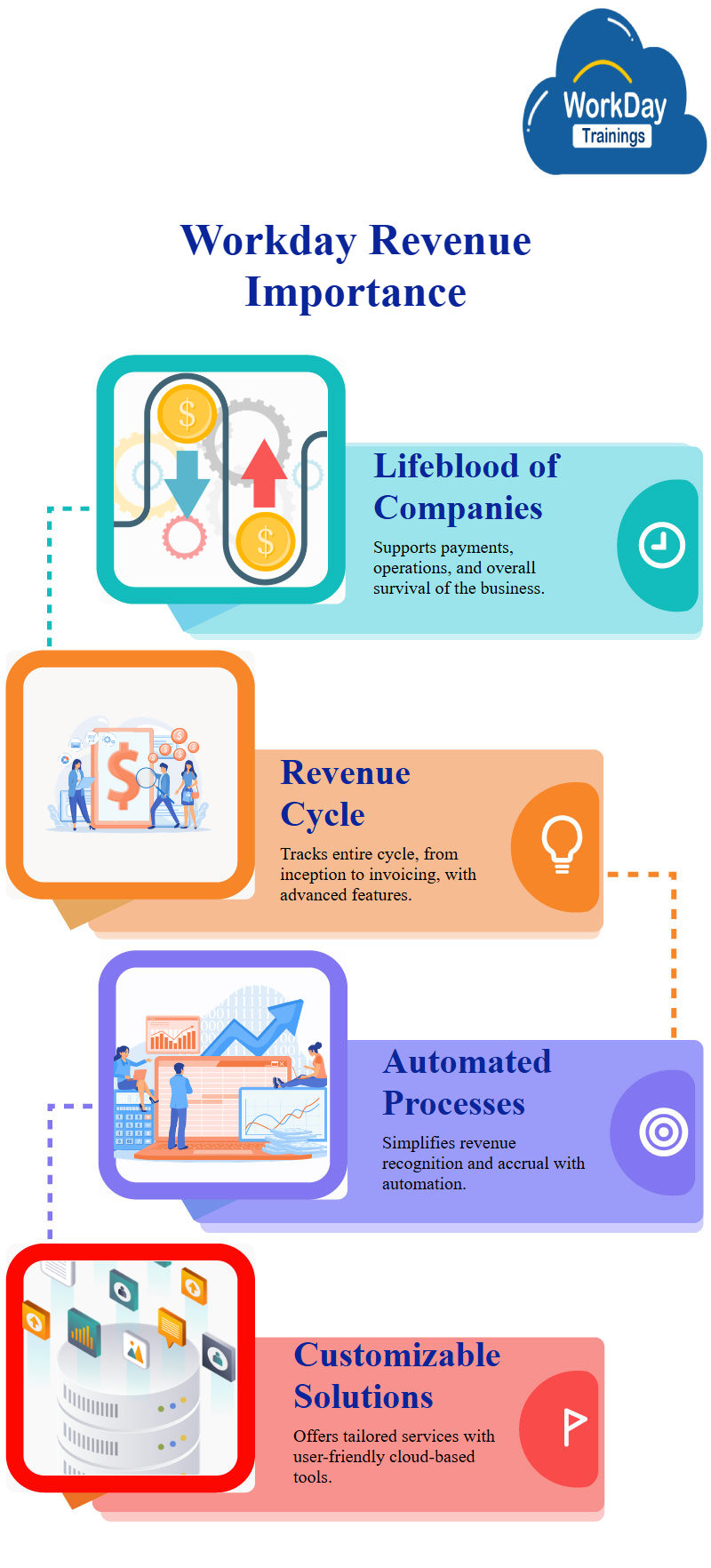
Listing out the Different Features Workday Revenue has:
Workday Revenue Growth is a Feature-Rich application with the tools to help an Organization manage its Revenue and Projects.
Some of the Features of the Application are as follows:
Expense: Expense is a powerful and easy-to-use expense reporting system that allows employees to submit approvals for expenses and allows managers to approve these expenses.
Calendar: A calendar is an employee time tracking that allows employees to enter their time and managers to see their time.
Time Tracking: Time tracking allows employees to track their time and managers to see their time.
Recruiting: Recruiting is an employee onboarding feature that allows employees to enter their information during the hiring process and managers to see their progress.

Learning Management System: A Learning management system is a feature for employee training and development that allows employees to access learning content and managers to see their learning.
Time Off: Time off is a feature that allows employees to request time off and managers to approve or reject these requests.
Leave Management: Leave management is a feature that allows employees to request leave and managers to approve or reject these requests.
Compensation: Compensation is a feature that allows employees to enter their compensation change and managers to review their compensation changes.
Time Tracking: Time Tracking is a business feature that allows businesses to track their time and managers to see their time.
Invoicing: Invoicing is a business feature that allows businesses to send invoices to their customers and managers to see their invoices.
Project: Project is a business feature that allows businesses to create projects and managers to manage their projects.
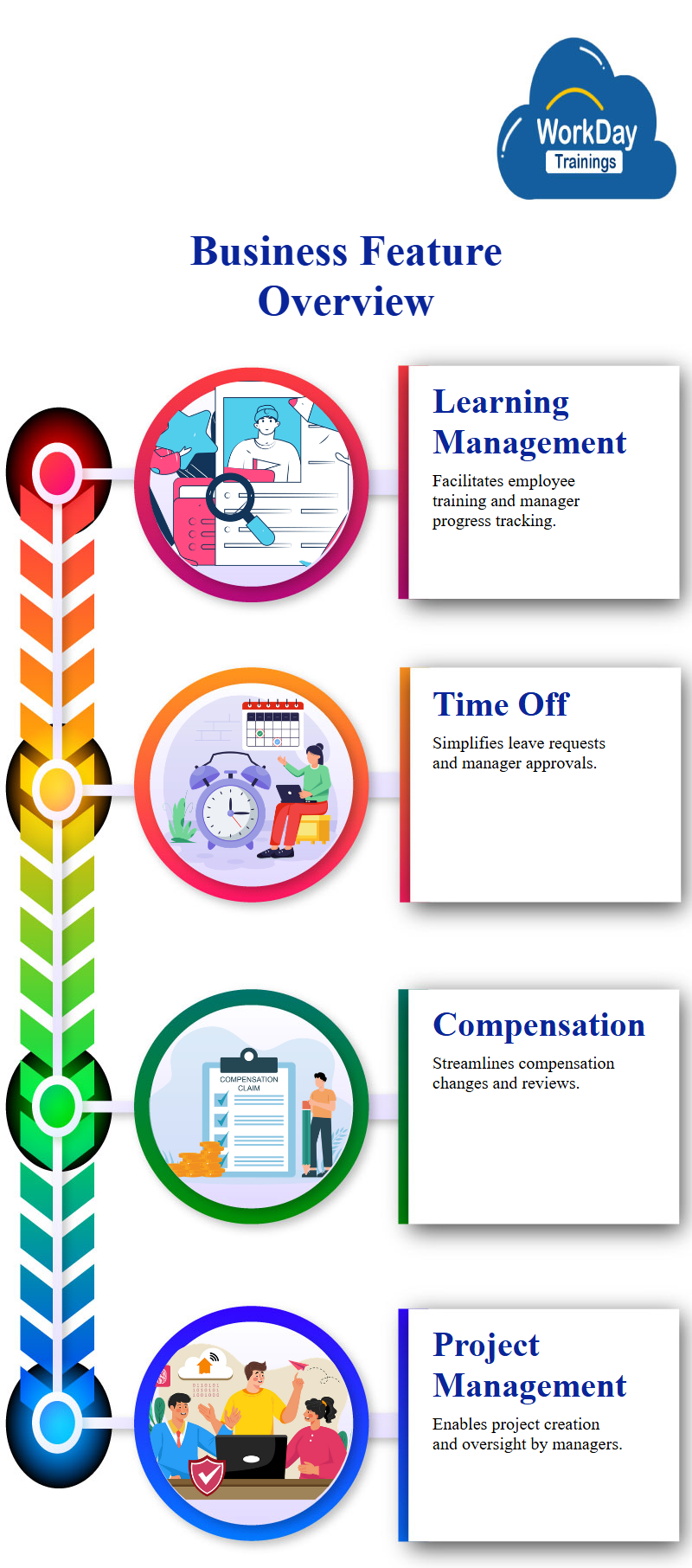
Why is Workday Revenue used?
There are many potential uses for Workday Revenue operations, including:
- Organizing and keeping track of sales data
- Analyzing sales trends
- Creating sales forecasts
- Planning sales strategies
- Tracking customer behaviour
- Measuring the success of sales campaigns
- Identifying opportunities for new products or services.
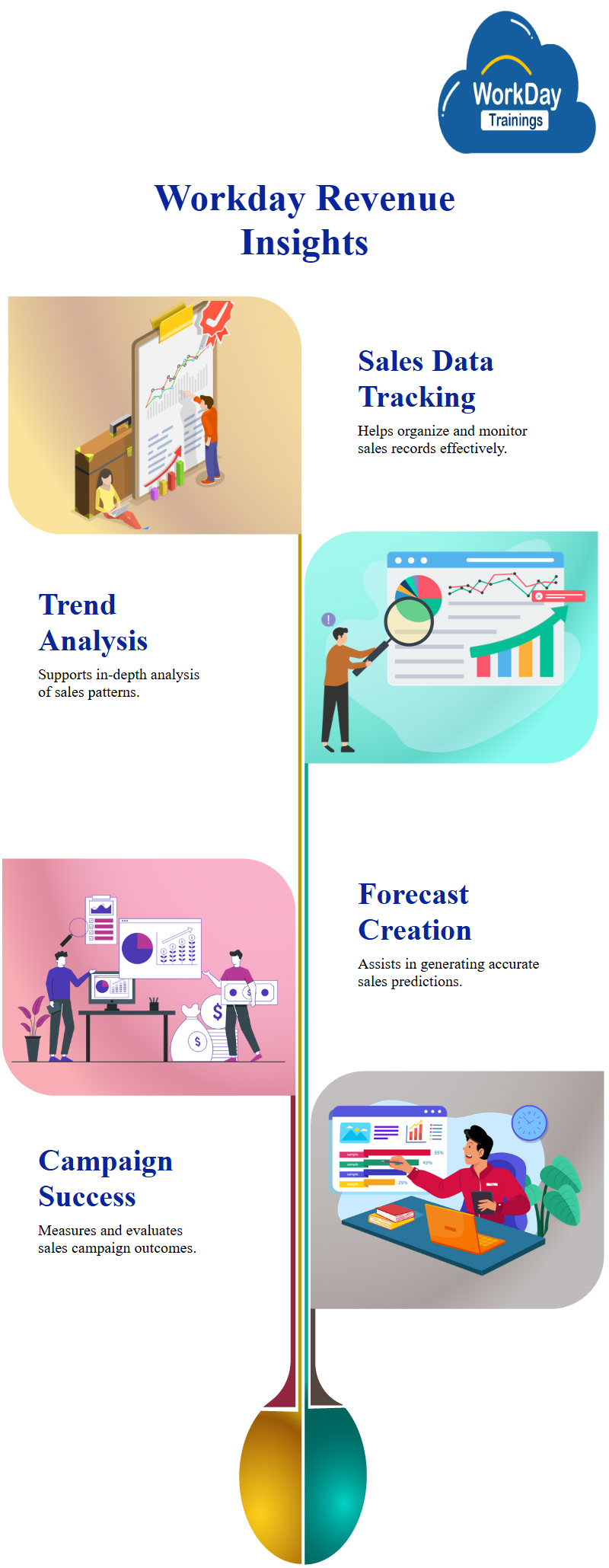
Benefits of using Workday Revenue Recognition
- It helps in achieving a single view of the customer
- It helps in reducing operational costs
- It helps in reducing the risk of errors and omissions
- It helps in reducing the time to market new products and services
- It helps in generating new revenue streams
- It helps in making more effective and efficient decisions
- It helps in reducing the time to market new products and services
- It helps in improving the customer satisfaction
- It helps in increasing the productivity and efficiency of the staff
- It helps in increasing the customer satisfaction
- It helps in increasing the productivity and efficiency of the staff. It helps in reducing the risk of errors and omissions.
- It helps in reducing the time to market new products and services.
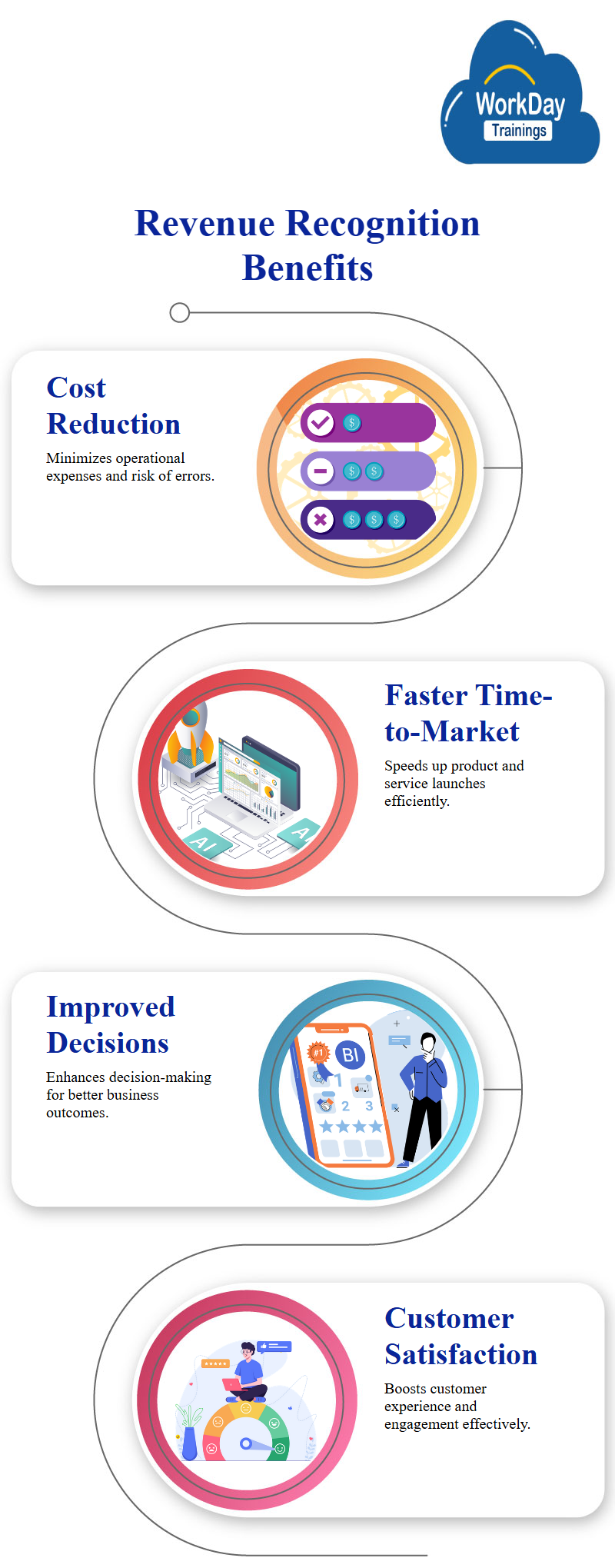
What are the types of Workday Revenue?
There are four types of Workday Revenue Categories
- Recurring revenue, such as monthly subscriptions or membership fees, is received regularly.
- Non-recurring revenue, such as one-time fees or commissions, should be received regularly.
- Projected revenue is expected to be received based on current sales or other factors.
- Recognized revenue is revenue that has been received and recorded in Workday.
Where is Workday Revenue Tutorial used?
- Human Capital Management HCM
- Financial Management
- Expense Management
- Payroll
- Project Management
- Innovation
- Source of Funds
- Efficiency
- Cost Control
- Better Financial Reporting
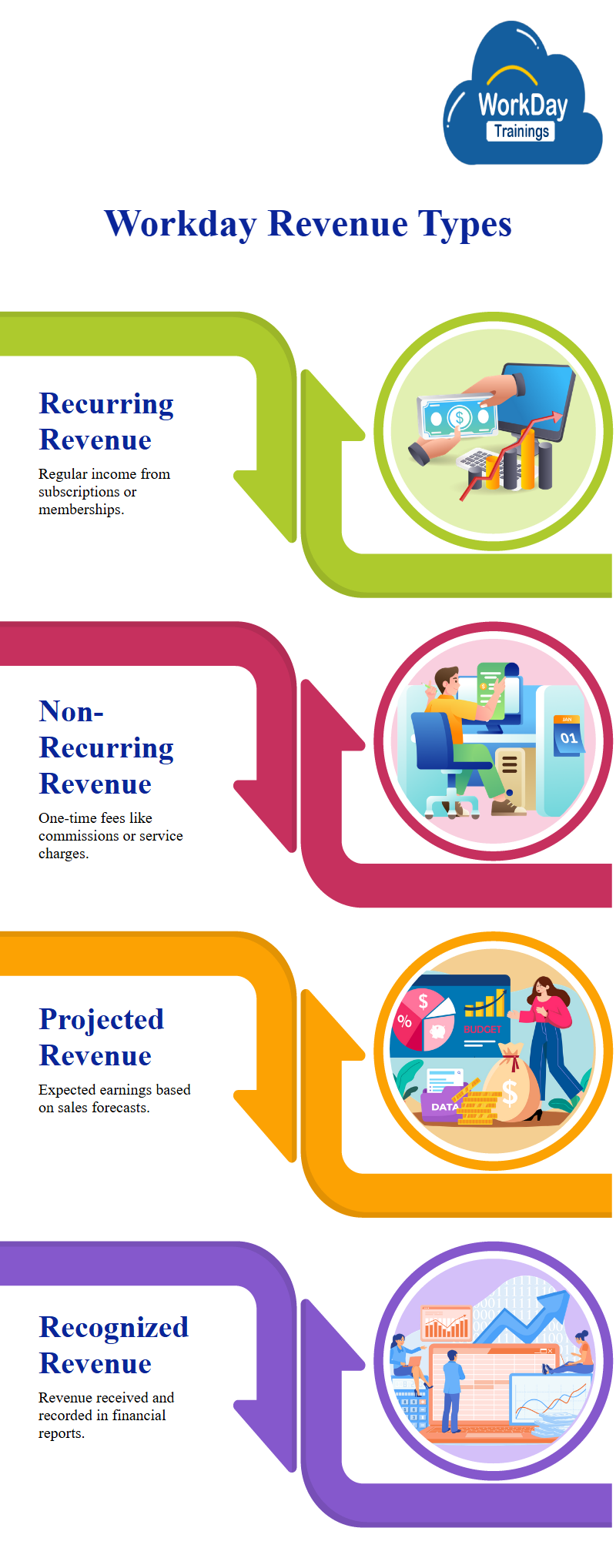
- Better Budgeting
- Audit Compliance
- Analytics
- Appraisals
- Training
- Cost Containment
- Marketing
- Sales.
What kind of job Opportunities are available for the Workday Revenue Tutorial Business?
There are many career opportunities for workday revenue. Some of them include the following:
- Business Analyst
- Business Process Consultant
- Business Systems Analyst
- Configuration Analyst
- Data Analyst
- Implementation Consultant
- Integration Consultant
- Project Manager
- Solutions Architect
10. Technical Consultant.
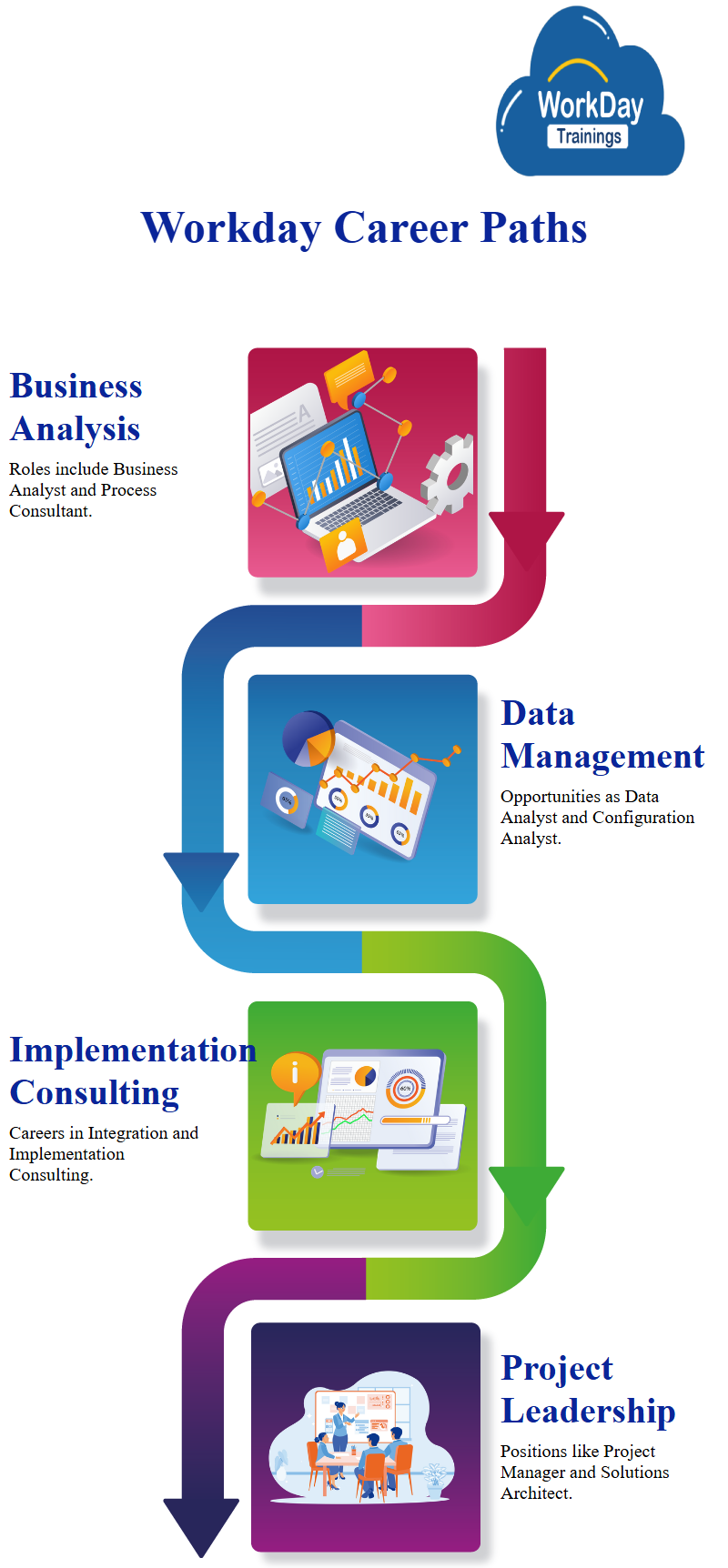
What are the Prerequisites to learning the Workday Revenue Tutorial Business?
There are no specific prerequisites to learning Workday Revenue. Anyone with interest can learn Workday Revenue; no prior experience is expected. However, knowing accounting principles and financial accounting would be beneficial.
Which Companies are Partnered with Workday Revenue by year?
Workday Revenue has partnered with many companies, including:
-SAP
-Oracle
-Microsoft
-Salesforce
– Amazon
– Apple
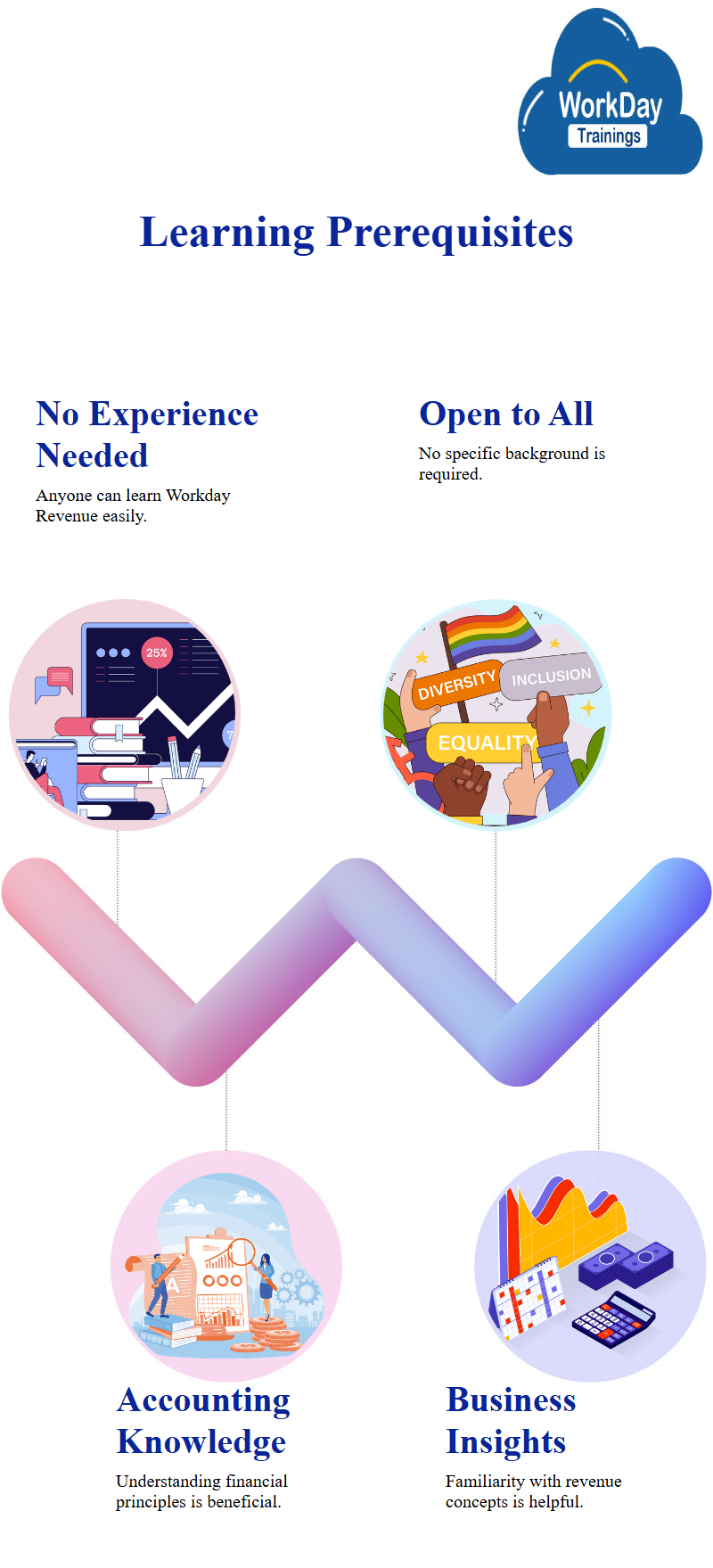
What are the Modes of Training Available to learn Workday Revenue?
There are two modes of training to learn Workday Revenue book, namely,
- Self-paced Training
- Instructor-Led Live Training
Self-paced learning allows you to study at your own pace, while instructor-led live training provides you with access to a trainer who can answer any questions you might have as you go.
Picture yourself desiring to learn about the latest technological advances. If you prefer to work closely with your instructors, then Instructor-Led Live training is the best option. The live class is the best place to have your questions answered.
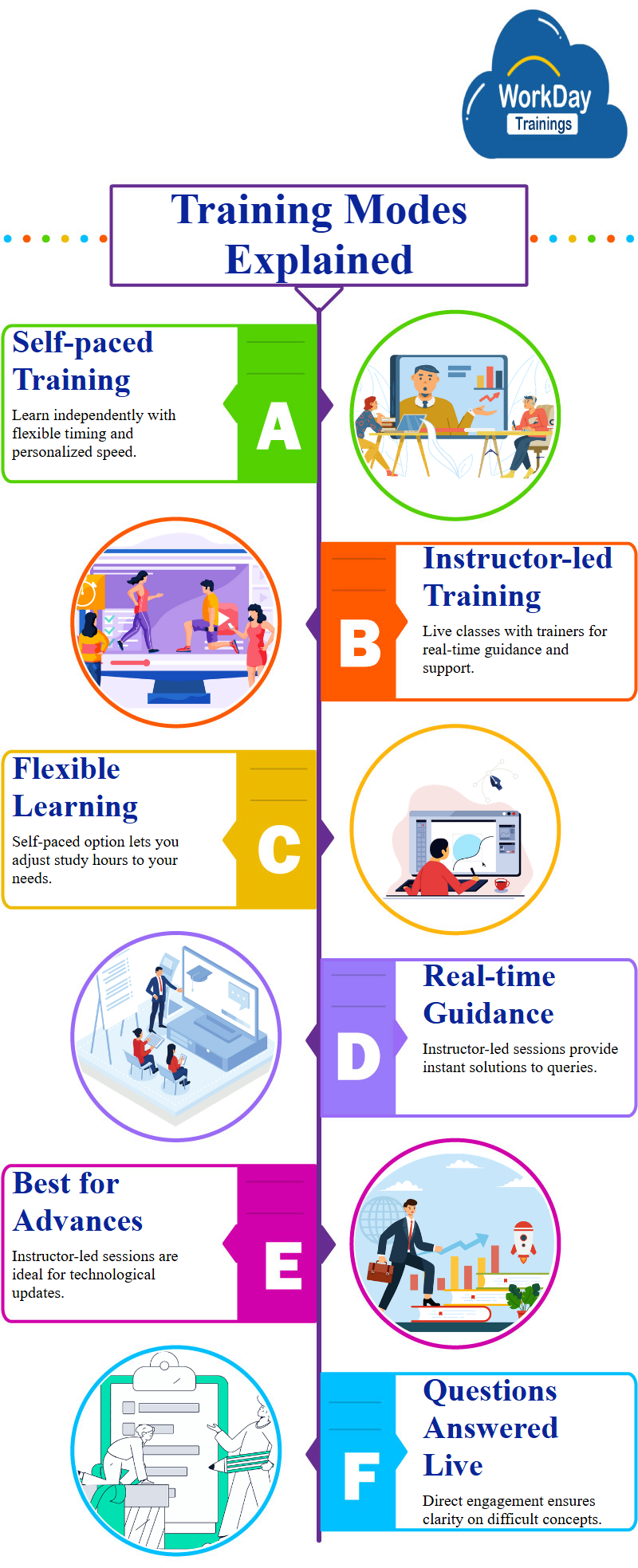
Which Platform is Perfect for Learning Workday Revenue?
As human beings, we exert a great deal of energy in search of excellence. Regarding education, we are selective about where to put our money. Workday Trainings is one such perfect system. I took Workday revenue training from them; believe me, it was the best decision ever. They assisted me throughout my training. They are available 24 X 7.

Is that Interesting? Now
To cut a long story short,
Workday revenue is used to finance the operations of Workday, a cloud-based financial management and human capital management software company. Workday revenue is also used to research and develop new products and services and to market and sell existing products and services. Workday Revenue breakdown is essential for companies that want to manage their revenue recognition process. The Workday Revenue product is a good choice for those companies that want to control the revenue recognition process. Workday Revenue tutorial by regionoffers a comprehensive accounting model to manage revenue recognition. We hope this article has given you a clear picture of Workday Revenue. For more information or to learn this Workday Revenue technology, contact our Workday experts at Workday Trainings.
Lock and Load,

Priya
Introducing Myself as a Wordsmith who is stuffed with Thriving Tech-Knowledge.